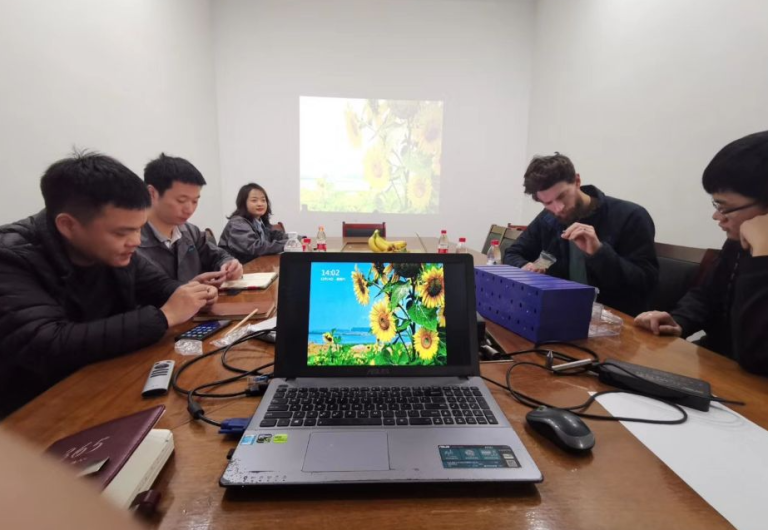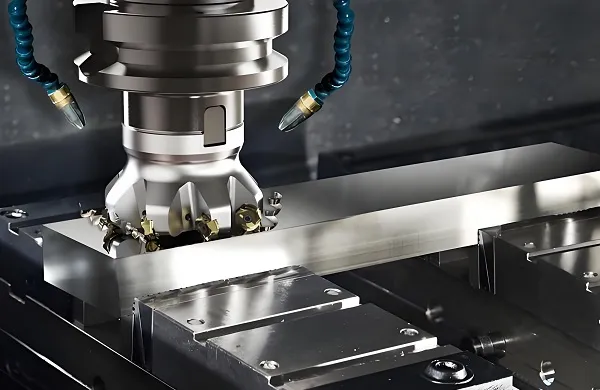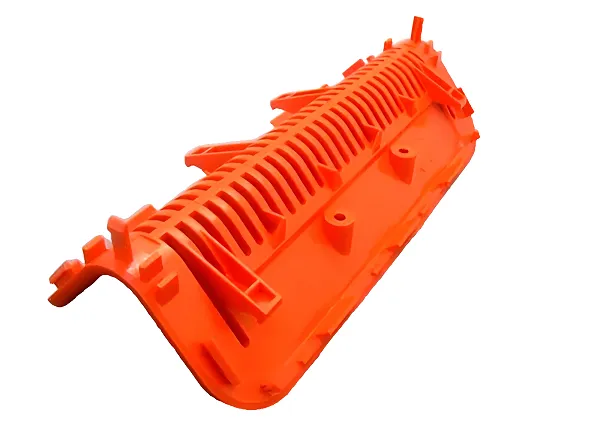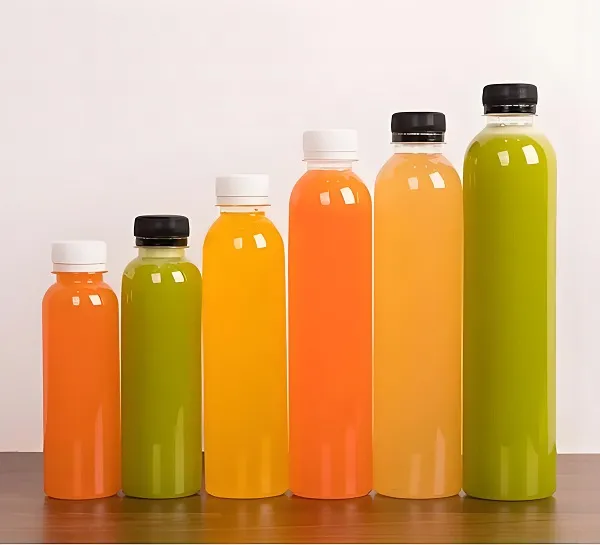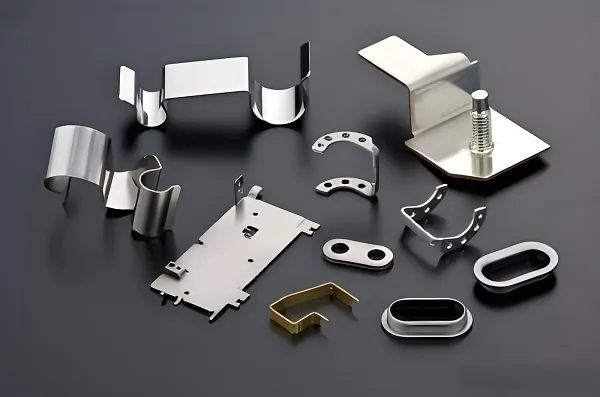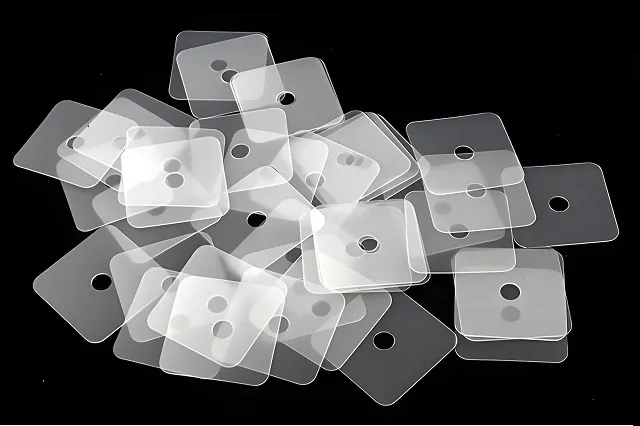Vacuum thermoforming technology is a molding process based on heating, vacuuming and high pressure pressing. Its working principle is simple and efficient. In the plastics industry, vacuum thermoforming technology is an efficient and flexible molding process that is widely used in many fields. The following is a detailed description of vacuum thermoforming technology:
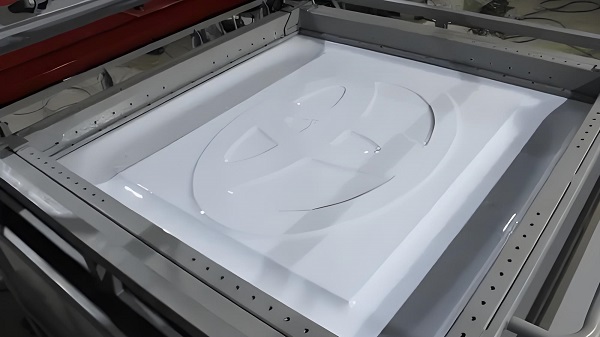
1. What is vacuum thermoforming technology?
Vacuum thermoforming technology, as the name suggests, is a plastic processing method that combines heating, vacuum and molding processes. Its basic principle is: the plastic sheet is heated to a soft state, and then under the action of vacuum, the softened plastic sheet is made to fit on the surface of the mold, and cooled and cured with the shape of the mold, and ultimately get the plastic products which are consistent with the shape of the mold.
2.Vacuum thermoforming technology process
Vacuum thermoforming technology, also known as vacuum suction molding or thermoforming, mainly through the following steps to achieve plastic molding:
Material Preparation: Choose plastic sheets suitable for vacuum thermoforming, such as polyvinyl chloride (PVC), polystyrene (PS), polyethylene (PE) and so on.
Heating and softening: the plastic sheet is fed into the heating chamber and heated by a radiant heater to reach the softening temperature, but not exceeding its melting point.
Vacuum adsorption: After the plastic sheet is softened, it is placed above the mold, and a vacuum pump is turned on to remove the air between the mold and the sheet to form a vacuum environment. Due to the difference in air pressure between inside and outside, the softened plastic sheet is tightly adsorbed on the surface of the mold and molded according to the contour of the mold.
Cooling and shaping: After the plastic sheet is cooled to a certain temperature on the mold, its shape is fixed. At this time, the molded plastic pieces can be blown out of the mold by compressed air to complete the demolding.
3. Unique advantages of vacuum thermoforming
High degree of design freedom: Vacuum thermoforming technology can produce plastic products with various complex shapes and curved structures to meet diversified design needs.
Significant cost-effectiveness: Compared with other processes such as injection molding, vacuum thermoforming has the advantages of low mold cost and high production efficiency. Especially for small and medium volume production, vacuum thermoforming is more economical.
Environmental protection and energy saving: the technology adopts physical molding method, does not produce waste and harmful gases, in line with the requirements of environmental protection. At the same time, through the recycling of waste plastic sheet, can also further reduce production costs and reduce environmental pollution.
4. Wide application of vacuum thermoforming technology
Vacuum thermoforming technology is widely used in the plastics processing industry, covering a wide range of fields such as packaging, advertising and decoration, electronic products, automotive parts and so on. For example:
Packaging industry: produce various shapes of plastic packaging boxes, trays, blister caps, etc., to provide high-quality packaging solutions for food, pharmaceutical, cosmetic and other industries.
Advertising decoration: produce various advertising light boxes, display racks, signs, etc., which are favored by the market for their lightweight, beautiful and durable features.
Electronic products: vacuum thermoforming technology plays an important role in the manufacturing of shells for smartphones, tablet PCs and other electronic products, providing products with both protective and aesthetic shells.
Automotive components: The production of automotive components such as instrument panels and interior parts improves the overall quality of the car and the driving experience through precise molding processes and high-quality raw material selection.
Vacuum Thermoforming Technology FAQ
●What key equipment is needed in the vacuum thermoforming process?
A: The following key equipment is required in the vacuum thermoforming process:
Heating device: It is used to heat the plastic sheet to the softening state, and there are common radiant heaters, hot air circulating heating chambers and so on.
Vacuum pump: used to form a vacuum environment between the mold and the sheet, so that the sheet is adsorbed on the mold.
Molds: Metal or composite molds customized according to the shape of the product, which are key components in the molding process.
Cooling System: Used to quickly cool the plastic product after molding to fix its shape.
Molding machine: A comprehensive system that integrates the above equipment for automated production.
How to ensure the quality and stability of vacuum thermoformed products?
A: To ensure the quality and stability of vacuum thermoforming products, we need to start from the following aspects:
Raw material selection: choose high quality and stable plastic sheet as raw material.
Mold design: accurately design the mold according to the product requirements to ensure molding accuracy and surface quality.
Process control: strictly control the heating temperature, time, vacuum and other process parameters to ensure the stability of the molding process.
Equipment Maintenance: Regular maintenance of heating devices, vacuum pumps, molds and other equipment to ensure stable equipment performance.
Quality inspection: Strict quality inspection of the finished products, including size, appearance, performance and other aspects, to ensure that the products meet customer requirements.
● Can vacuum thermoforming technology be adapted to mass production?
A: Yes, vacuum thermoforming technology can not only adapt to small and medium-sized batch production, but also realize mass production by optimizing equipment configuration and process flow. In mass production, automated production lines and intelligent control systems can be used to improve production efficiency and product consistency. Meanwhile, reasonable mold design and replacement mechanism can also meet the production needs of different products.
Does vacuum thermoforming technology cause pollution to the environment?
A: Vacuum thermoforming technology itself is an environmentally friendly plastics processing method that does not produce toxic and harmful gases or waste liquids. However, the following points need to be taken care of during the production process to minimize the impact on the environment:
Raw material selection: Priority is given to the use of recyclable plastic sheets as raw materials.
Energy use: Optimize the heating and cooling system to improve energy efficiency and reduce energy consumption.
Disposal of waste materials: Classify and recycle the waste materials generated in the production process to reduce environmental pollution.

